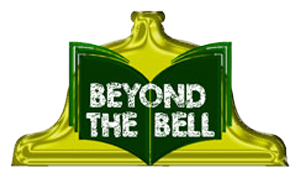If we address behavioral issues like experimenting with drugs and other risky behaviors proactively, perhaps we can curb the likelihood of a big problem occurring. Either way, before or after, we have to address the issue, so we might as well have the conversation now.
It is never too early to talk to children about alcohol and other drugs. Children as young as nine years old have already started viewing alcohol in a more positive way. About 10 percent of 12-year-olds say they have tried alcohol, but by age 15, that number jumps to 50 percent. Additionally, by the time they are seniors, almost 70 percent of high school students will have tried alcohol, half will have taken an illegal drug like marijuana, and 20 percent will have used a prescription drug for a nonmedical purpose.
We have to show our youth that we care about the choices they make. Our choices determine our future. Often youth do not have the hindsight to realize this. If we talk openly about the subject of drugs and alcohol to our youth, then we can bring light and awareness to a subject that thrives in silence.
The last part of the brain to develop in youth is the prefrontal cortex, which is involved in decision-making, judgement, hindsight, empathy, and other important cognitive functions. This is what makes teenagers so difficult. (It also makes being a teenager pretty difficult too!) The brain continues to develop until 25 years of age, until then, the brain is malleable and can rewire itself based on tendencies. This means an adolescent’s brain is exceptionally vulnerable to the effects of drugs!
If youth are spoken to directly and honestly , they are more likely to respect rules and advices about alcohol and drug use. There is no use sheltering or sugar-coating.
We tend to want to have one “BIG” talk about BIG issues, but it is actually best to keep these conversations low-key and not try to get everything across in one talk. Plan to have many, short frequent talk that can mature as they mature. Normalizing this conversation allows for clear rules and expectations to be set.
Even if you don’t think you kids wants to try, peer pressure is a powerful thing and something children should be prepared for. Having a “back-up” strategy to get out of situations is helpful, and families can roleplay the situation out.
There are many misperceptions of substance use, and today with the internet, our youth are exposed to a plethora of information from all types of sources. Let them hear the truth from you. The sooner we talk to kids about alcohol and other drugs, the greater the chance we have of influencing their decisions.
For more information check out our website: beyondthebellkids.org
And SAMSHA has conversation tips: https://www.samhsa.gov/underage-drinking/parent-resources

Recent Comments